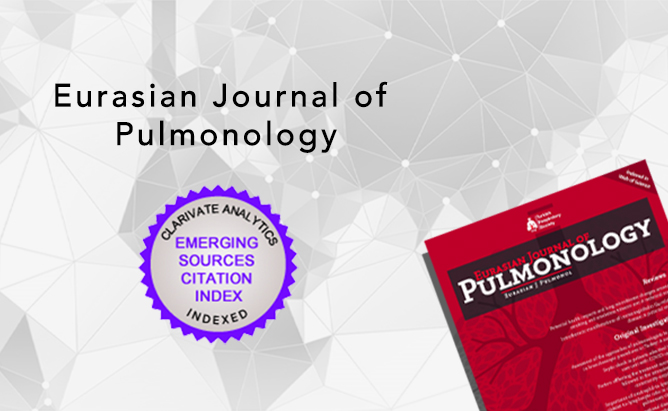2Department of Pulmonary Diseases, Sakarya University, Faculty of Medicine, Sakarya, Türkiye
3Department of Pulmonary Diseases, Izmir University of Economics, Medical Point Hospital, Faculty of Medicine, İzmir, Türkiye
Abstract
Antineutrophil cytoplasmic antibody (ANCA)-associated vasculitides (AAV) are necrotizing autoimmune vasculitis resulting from immune-mediated damage to small and medium-sized vessels. Three primary clinicopathological syndromes are defined in AAV: Granulomatosis with polyangiitis (GPA), microscopic polyangiitis (MPA), and eosinophilic granulomatosis with polyangiitis (EGPA). The disease may present as alveolar hemorrhage due to a systemic inflammatory response, purpuric rash due to vascular rupture, or segmental glomerular infarction due to vascular occlusion. The lungs are commonly affected organs in AAV, with lung involvement categorized into five main groups: pulmonary capillaritis characterized by granulomatous inflammation (lung nodules), tracheobronchial inflammation, diffuse alveolar hemorrhage (DAH), interstitial lung disease (ILD), and asthma. DAH and ILD are associated with a poor prognosis. The treatment goal is to achieve remission and prevent relapses.




 Ebru Şengül Parlak1
Ebru Şengül Parlak1 




